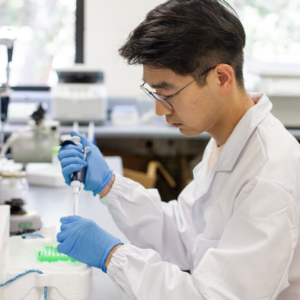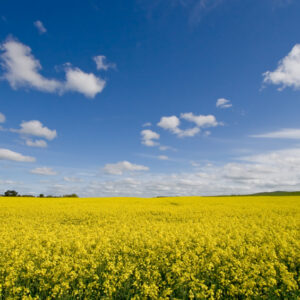December 12, 2019
Merv Hughes was not a fit-looking cricketer. Merv was a notorious consumer of food and alcohol, and it showed! Despite this, he was a successful professional sportsman. Mitchell Johnson, on the other hand, was the epitome of a fit, healthy fast bowler. But who had the better bowling average? You guessed it, big swervin’ Mervin!! 28.38 compared to Johnson’s 28.4. Ok, we’re splitting hairs here, but you get the picture, how fit you look is only part of the story.
If you grew 2,4-D resistant radish in pots on its own, and compared that to the good old susceptible radish of yesteryear, you would find that the resistant ones are a bit smaller overall, slightly shorter, have smaller leaves and they are slightly more dormant so they germinate a bit later.
You would think that all of this would add up to a less fit wild radish plant that is less competitive with our crops.
That’s exactly what AHRI researcher, Dr Danica Goggin, thought when she observed these differences in her research to work out how 2,4-D resistance works. So she studied it. Click through to learn what she found!
Read More












